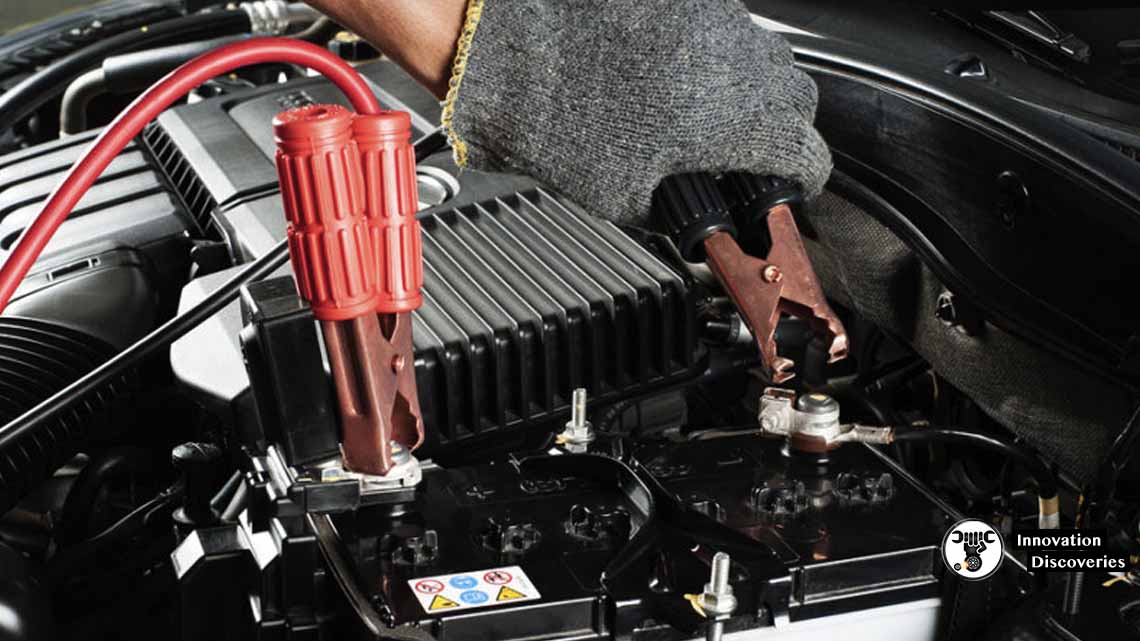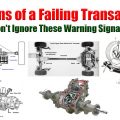1. What is the condition of the battery?
• A visual inspection and a performance test of the battery must always be performed before inspecting the charging system. The battery must be fully charged (12.6 volts) and the battery cables, terminals, and casein good, clean condition. This includes the frame and body grounds as well (refer to Battery Visual Inspection and Performance Testing).
2. Does a charge lamp, amperage (amp) gauge or voltmeter indicate a charging system problem?
Charge Lamp:
• Ignition ON engine not running – The charge lamp should illuminate.
• Ignition ON engine running – The charge lamp should illuminate briefly then turn OFF.
• Weak Battery – A weak battery can cause the charge lamp to illuminate during high amperage draw.
• Low Idle – A low idle can cause the charge lamp to illuminate dimly.
• Poor Wiring – Corroded, broken, loose or frayed wires/ connections could cause the charge lamp to illuminate during idle.
• Open Charge Lamp – Some charging systems will not properly operate if the charge lamp bulb fails.
Amp Gauge:
• Ignition ON engine not running – The amp gauge should read zero or slightly below.
• Ignition ON engine running – The amp meter should display a current output above zero. It will display a different level of charge depending on what electrical circuits are operating. A negative charge indicates the battery is discharging more quickly than the charging system can supply current.
• Wires and connectors – Corroded, broken, loose or frayed wires/connections could cause zero or erratic readings on the gauge.
Voltmeter:
• Ignition ON and engine not running – Gauge readings should be between 12.0 and 12.6 volts with the ignition ON and the engine not running. Readings below 12 volts could indicate insufficient charging, low battery, corroded, broken, loose or frayed wires/connections.
• Ignition ON and engine running – Gauge readings should be between 13.0 and 14.5 volts with the ignition ON and the engine running. A reading exceeding 14.5 volts could indicate a bad battery, failed regulator or poor wire connections. A reading below 13.2 volts could indicate a failed alternator or corroded, broken, loose or frayed wires/connections.
3. Are any fuses open?
• Check the fuses in all the fuse box(es). An open fuse indicates circuit problem(s) that may have an effect on the charging circuit. Check the owner’s manual or the manufacturer’s service manual for the location of each fuse box.
4. Is the fusible link(s) open?
• There may be several fusible links controlling battery voltage to the vehicle’s electrical circuits. If a fusible link is open, the supply voltage will be completely lost to all electrical systems or to the electric circuit(s) that the open fusible link controls. Check the owner’s manual or the manufacturer’s service manual for the location of each fusible link.
5. Is the alternator’s drive belt tension within specification?
• Too loose – If the drive belt is too loose, it will slip around the pulley causing the alternator to charge irregularly or not at all.
• Too tight – If the drive belt is too tight, internal bearing damage will cause premature alternator failure.
6. Are the alternator’s drive belt in good condition and the proper size?
• Worn or too narrow – If the alternator’s drive belt is worn or too narrow, it will slip around the pulley, causing the alternator to charge irregularly or not at all.
• New drive belt – The life of a new alternator drive belt is approximately 10 minutes. It is important to check and adjust the belt’s tension to the “used” specification after the initial 10 minutes of operation.
7. Has the vehicle been modified or additional equipment installed after it left the factory?
• Accessories – Non-factory accessories such as phones, computer outlets, televisions, refrigerators, stereo equipment or lights, among others, can overburden alternator performance and cause premature failure.
• Improper accessory installation – Improper accessory installation procedures can cause charging problems. Some of these problems may include poor ground points, loose connections or improper wiring.
8. Has any work been performed on the vehicle?
• Electrical ground points – Check the ground circuits between the battery and engine and also from the vehicle body to the frame for high resistance. Many times when a vehicle has been repaired, the ground point(s) are disturbed or not re-secured properly.
• Multiple electrical grounds – With multiple ground vehicles, each electrical circuit is assigned to one or more ground points. The poor ground at one ground point may cause feedback through another ground point causing unusual circuit activity.
Read More:






Well Explained and it’s really helping